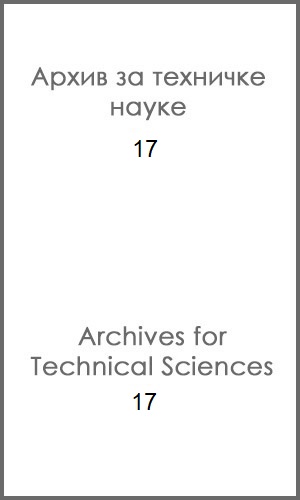CHROMIUM AND NICKEL IN SOIL IN THE WIDER MAGLAJ AREA – CONCENTRATION AND GENESIS
DOI:
https://doi.org/10.7251/afts.2017.0917.013BAbstract
Research on potentially toxic elements chromium and nickel and laboratory testing of their
concentrations was carried out in the wider area of Maglaj, with the aim to detect and determine their
quantities, which gave basis for discussion about origins of these pollutants in soil. Field and laboratory
observations included 45 soil samples, taken by the network, which is dictated by geomorphological
conditions. The most frequently sampled type of soil are fluvisol and humofluvisol. Concentration of
chromium (Cr) and nickel (Ni) are obtained by the most sophisticated laboratory method (ICP-MS),
with a highly sensitive detection threshold (0.1 to 10,000 ppm).
Evaluation of test results showed that concentrations of Cr (max. 954 ppm, min 154 ppm, average 457.5
pmm) and Ni (max 504.5 ppm, min 103.5 ppm; average 275.57 pmm) are significantly increased
compared to the concentrations prescribed in the Regulations on determination of allowed amounts of
harmful and hazardous substances in soil (Cr max = 100 ppm and Ni max = 50 ppm). Considering
geological settings of surrounding area (the dominant presence of igneous ultramafic and mafic rocks) it
can be concluded that high concentrations of Cr and Ni have geogenic origins, what is mean that they
originate from source rocks from which they are separated through the long-term decomposition and
disintegration processes.

